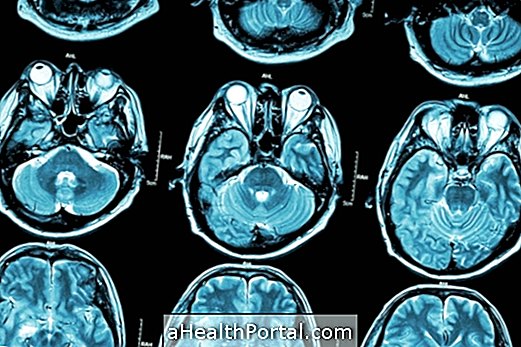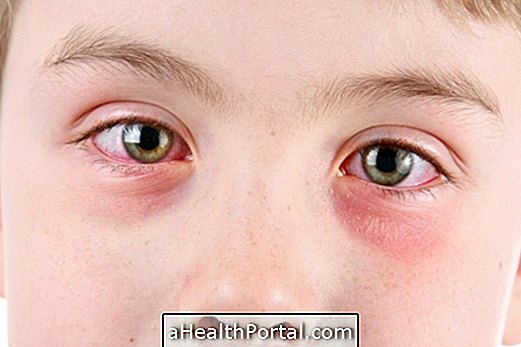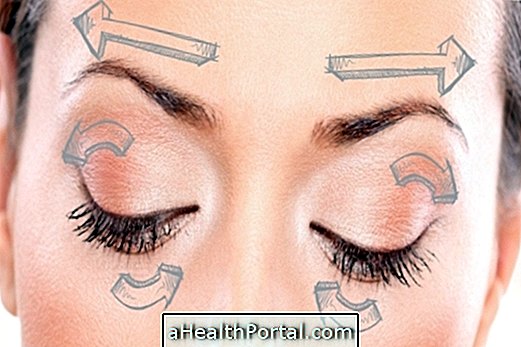Sclerosing cholangitis is a rare disease that affects more men. It compromises the liver due to a narrowing of the channels through which the bile passes. Bile is a fundamental substance for the digestive process.
Types of Sclerosing Cholangitis
The types of sclerosing cholangitis are acute or chronic. In the acute form an infection occurs in the bile ducts, both inside and outside the liver. In chronic form the accumulation of bile in the liver leads to cirrhosis and increases the chances of cancer.
It may still be classified as primary or secondary sclerosing cholangitis, in the primary it means that the problem started even in the bile ducts, already in the secondary form, indicating that the disease is due to another problem such as a tumor or a trauma in this region.
Symptoms of sclerosing cholangitis
Symptoms of sclerosing cholangitis may include:
- Tiredness;
- Itching through the body;
- Skin and yellow eyes;
- There may be fever chills and abdominal pain.
But often sclerosing cholangitis does not present symptoms, especially in the early stage of the disease.
Causes of Sclerosing Cholangitis
The causes of sclerosing cholangitis can be:
- Infection by viruses or bacteria;
- Important changes in the immune system;
- Genetic factor.
Diagnosis of sclerosing cholangitis
For the diagnosis of sclerosing cholangitis it is suggested to perform tests such as:
- Blood test;
- Antibody screening;
- Liver biopsy;
- Retrograde endoscopic cholangiopancreatography;
- Cholangio-MRI.
Treatment for sclerosing cholangitis
The treatment is initially done by taking medicines for the liver like Ursodeoxycholic Acid (Ursacol®), but in the most severe cases you can opt for a liver transplant.



















